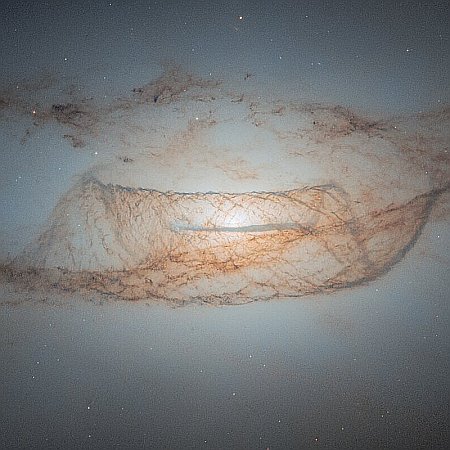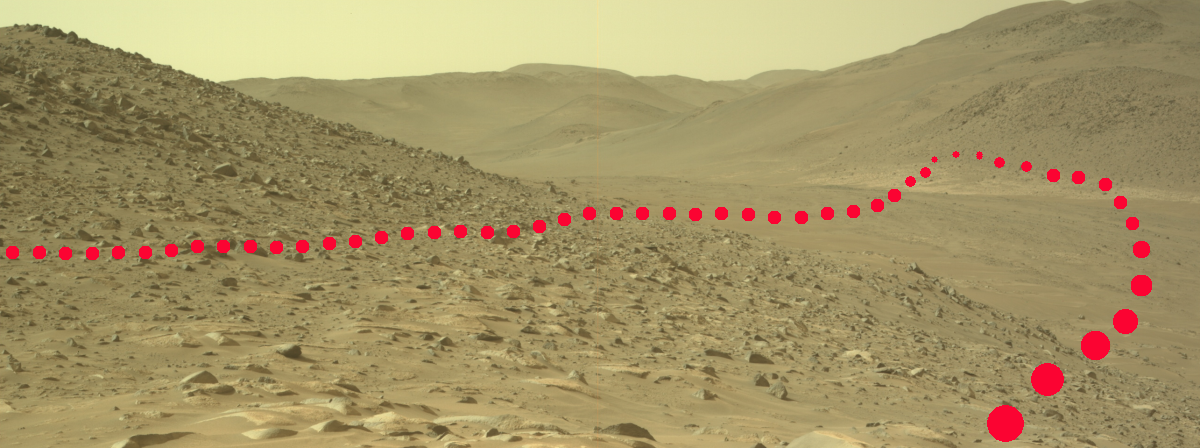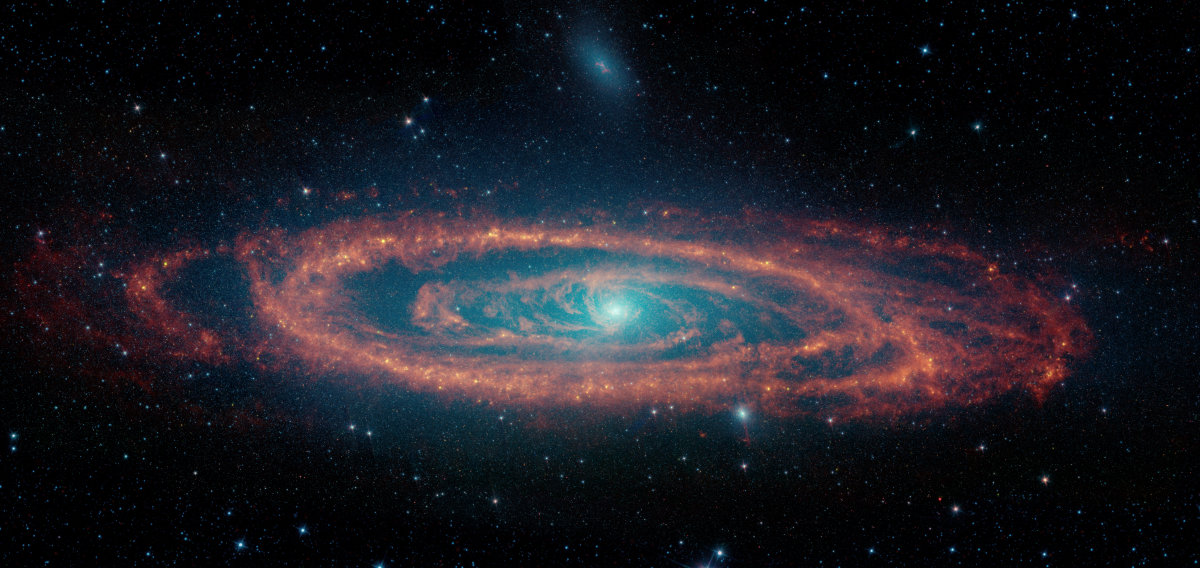Air Force sends letter of concern about Vulcan to ULA
According to a report yesterday [behind a paywall], the Air Force has sent a letter of concern to ULA and its joint owners, Boeing and Lockheed Martin, about the long delays getting its new Vulcan rocket operational.
When the military chose in 2021 ULA and SpaceX to be its two launch providers for the first half of the 2020s, it expected ULA to complete 60% of the launches and SpaceX 40%. It also expected Vulcan to being launching within a year or two, at the latest.
Instead, the first launch of Vulcan did not occur until 2024, and its second launch — required by the military before it will allow Vulcan to launch its payloads — won’t occur until late this year. Worse, the military has a large backlog of launches it has assigned to Vulcan that need to launch quickly.
“I am growing concerned with ULA’s ability to scale manufacturing of its Vulcan rocket and scale its launch cadence to meet our needs,” [Air Force Assistant Secretary Frank] Calvelli wrote. “Currently there is military satellite capability sitting on the ground due to Vulcan delays. ULA has a backlog of 25 National Security Space Launch (NSSL) Phase 2 Vulcan launches on contract.”
These 25 launches, Calvelli notes, are due to be completed by the end of 2027. He asked Boeing and Lockheed to complete an “independent review” of United Launch Alliance’s ability to scale manufacturing of its Vulcan rockets and meet its commitments to the military. Calvelli also noted that Vulcan has made commitments to launch dozens of satellites for others over that period, a reference to a contract between United Launch Alliance and Amazon for Project Kuiper satellites.
ULA says that once operations ramp up, it plans to launch Vulcan twice a month. The Air Force doubts about whether that will be possible however are well founded. To meet that schedule ULA will need delivery per month of at least four BE-4 engines from Blue Origin, and so far there is no indication the Bezos company can meet that demand. Delays at Blue Origin in developing that engine are the main reason Vulcan is so far behind schedule in the first place.
In order to get Vulcan operational, ULA needs to fly a second time successfully. The second launch of Sierra Space’s Tenacity mini-shuttle is booked for that flight, and was originally supposed to launch this spring. Tenacity however was not ready, as it is still undergoing final ground testing. The launch is now set for the fall, but both ULA and the Pentagon are discussing replacing it with a dummy payload should Tenacity experience any more delays.
The source of all of these problems points to Blue Origin. Not only has it been unable to deliver its BE-4 rocket engine on schedule — thus blocking Vulcan — the long delays in developing its own New Glenn orbital rocket (which uses seven BE-4 engines) has given the military fewer launch options. As a result the military has been left with only one rocket company, SpaceX, capable of launching its large payloads.
To put Blue Origin’s problems in perspective, for Blue Origin to finally achieve its many promises and get both Vulcan and New Glenn flying regularly, it will need to begin producing a minimum of 50 to 150 BE-4 engines per year, with two-thirds for its own New Glenn rocket. Right now all evidence suggests the company is having problems building two per year.
In other words, the Pentagon might send a letter of concern to ULA, but it should instead be focusing its ire on Blue Origin.
According to a report yesterday [behind a paywall], the Air Force has sent a letter of concern to ULA and its joint owners, Boeing and Lockheed Martin, about the long delays getting its new Vulcan rocket operational.
When the military chose in 2021 ULA and SpaceX to be its two launch providers for the first half of the 2020s, it expected ULA to complete 60% of the launches and SpaceX 40%. It also expected Vulcan to being launching within a year or two, at the latest.
Instead, the first launch of Vulcan did not occur until 2024, and its second launch — required by the military before it will allow Vulcan to launch its payloads — won’t occur until late this year. Worse, the military has a large backlog of launches it has assigned to Vulcan that need to launch quickly.
“I am growing concerned with ULA’s ability to scale manufacturing of its Vulcan rocket and scale its launch cadence to meet our needs,” [Air Force Assistant Secretary Frank] Calvelli wrote. “Currently there is military satellite capability sitting on the ground due to Vulcan delays. ULA has a backlog of 25 National Security Space Launch (NSSL) Phase 2 Vulcan launches on contract.”
These 25 launches, Calvelli notes, are due to be completed by the end of 2027. He asked Boeing and Lockheed to complete an “independent review” of United Launch Alliance’s ability to scale manufacturing of its Vulcan rockets and meet its commitments to the military. Calvelli also noted that Vulcan has made commitments to launch dozens of satellites for others over that period, a reference to a contract between United Launch Alliance and Amazon for Project Kuiper satellites.
ULA says that once operations ramp up, it plans to launch Vulcan twice a month. The Air Force doubts about whether that will be possible however are well founded. To meet that schedule ULA will need delivery per month of at least four BE-4 engines from Blue Origin, and so far there is no indication the Bezos company can meet that demand. Delays at Blue Origin in developing that engine are the main reason Vulcan is so far behind schedule in the first place.
In order to get Vulcan operational, ULA needs to fly a second time successfully. The second launch of Sierra Space’s Tenacity mini-shuttle is booked for that flight, and was originally supposed to launch this spring. Tenacity however was not ready, as it is still undergoing final ground testing. The launch is now set for the fall, but both ULA and the Pentagon are discussing replacing it with a dummy payload should Tenacity experience any more delays.
The source of all of these problems points to Blue Origin. Not only has it been unable to deliver its BE-4 rocket engine on schedule — thus blocking Vulcan — the long delays in developing its own New Glenn orbital rocket (which uses seven BE-4 engines) has given the military fewer launch options. As a result the military has been left with only one rocket company, SpaceX, capable of launching its large payloads.
To put Blue Origin’s problems in perspective, for Blue Origin to finally achieve its many promises and get both Vulcan and New Glenn flying regularly, it will need to begin producing a minimum of 50 to 150 BE-4 engines per year, with two-thirds for its own New Glenn rocket. Right now all evidence suggests the company is having problems building two per year.
In other words, the Pentagon might send a letter of concern to ULA, but it should instead be focusing its ire on Blue Origin.









